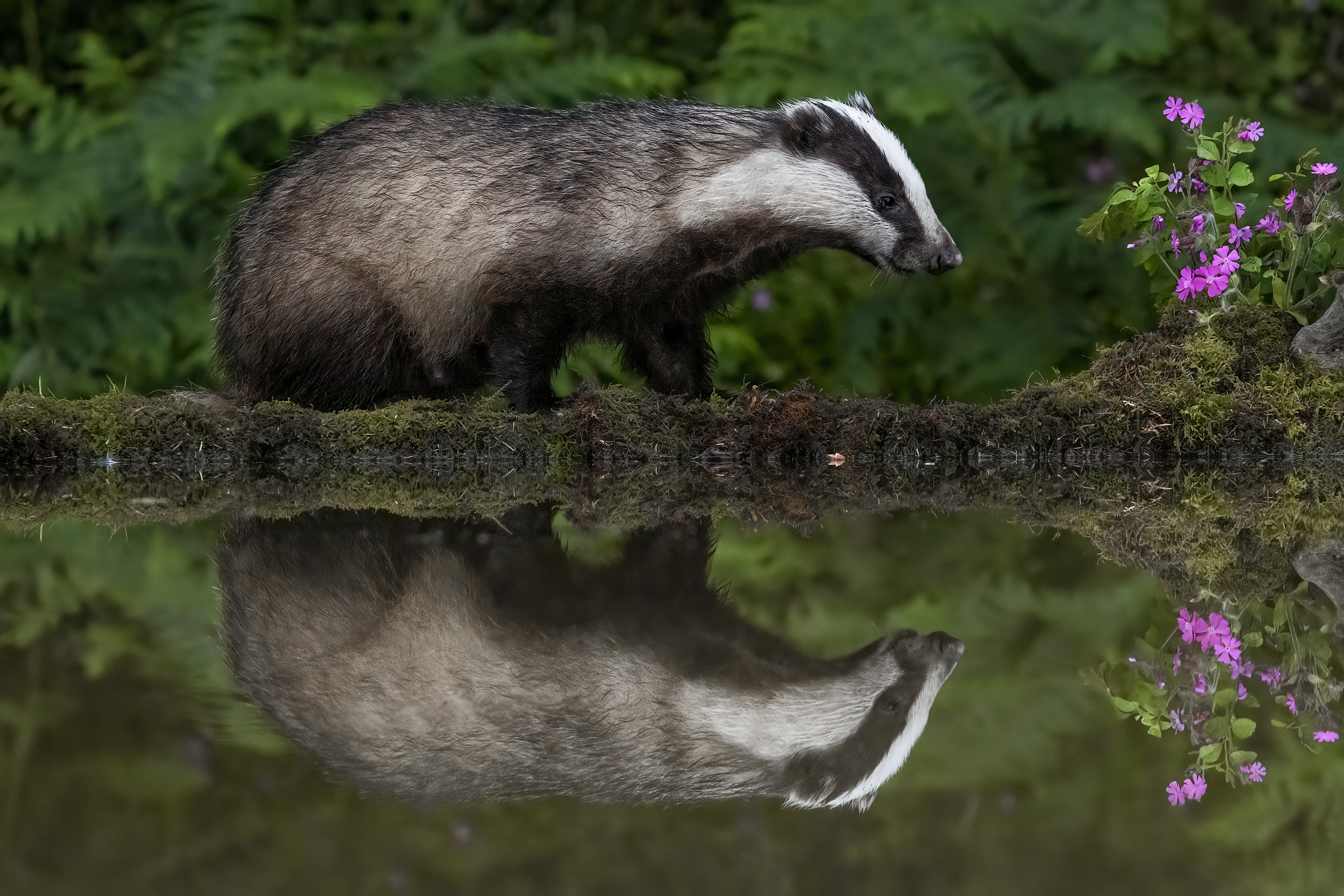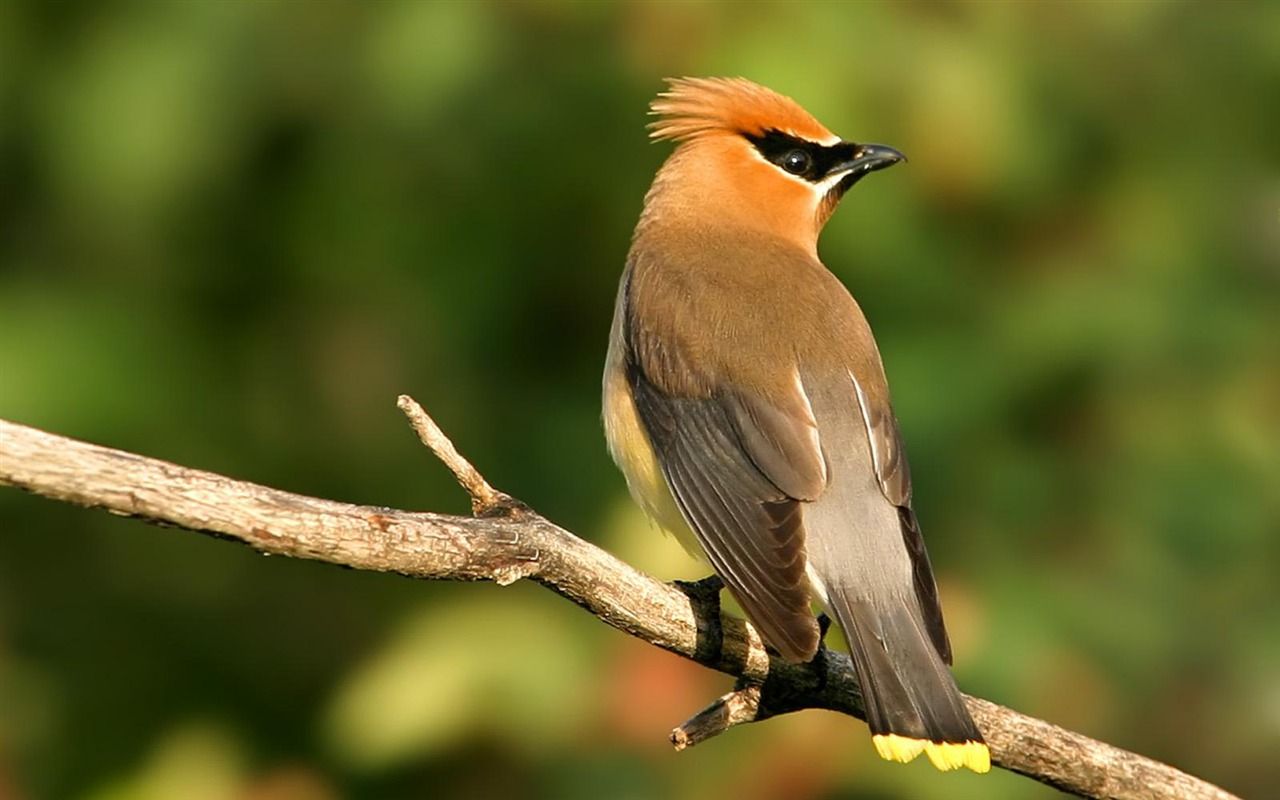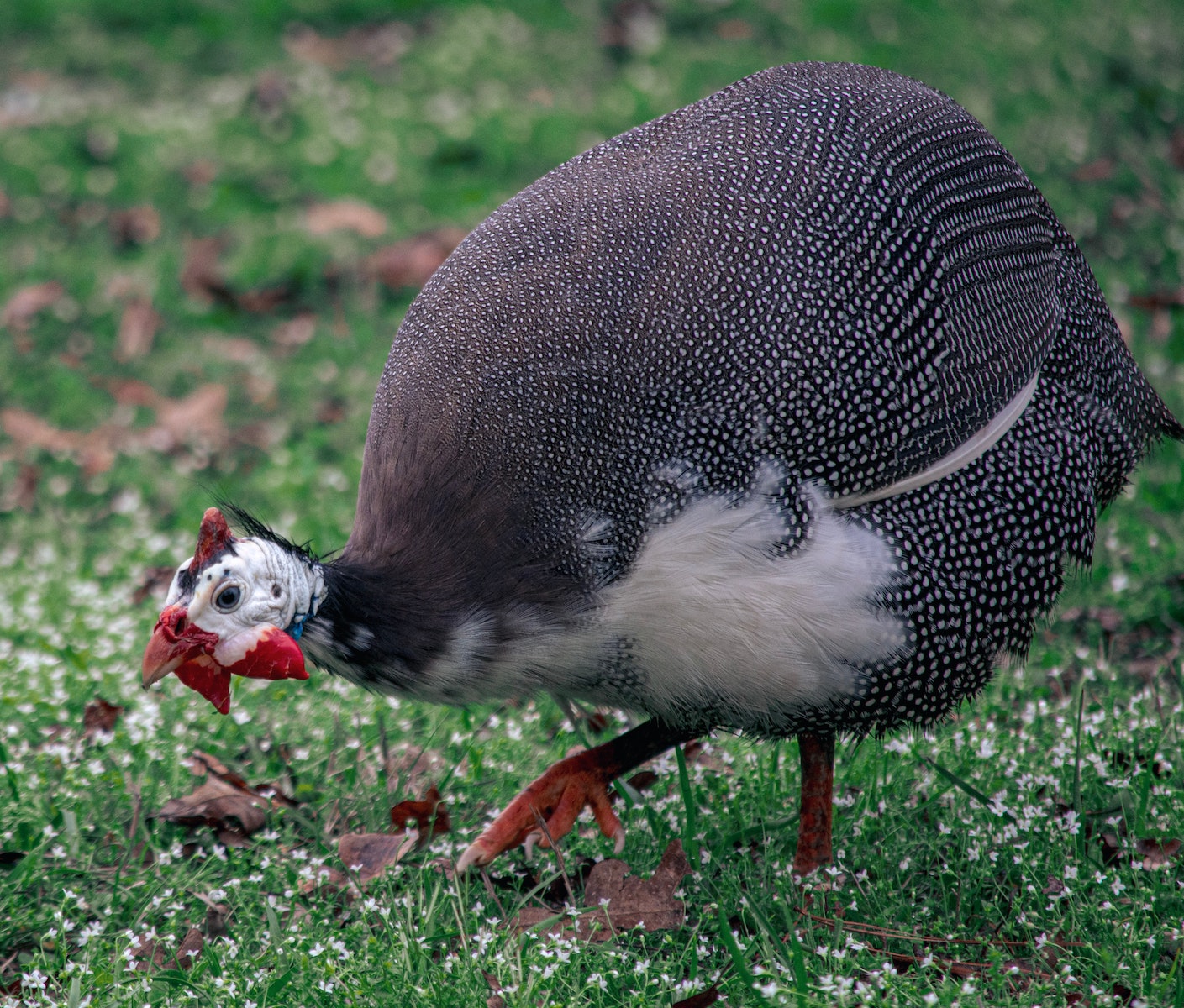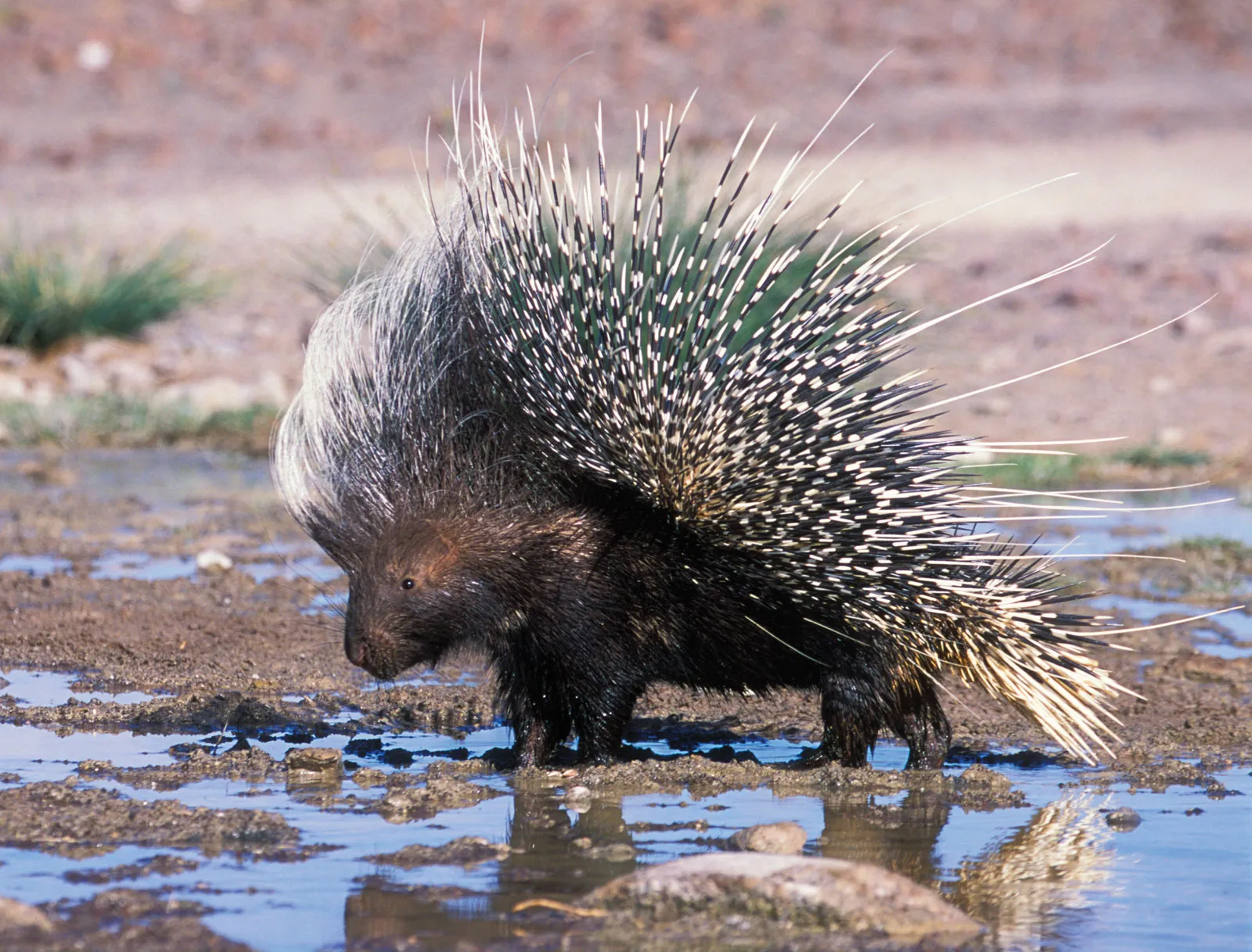Home>Production & Technology>Sound>What Sound Do Crickets Make
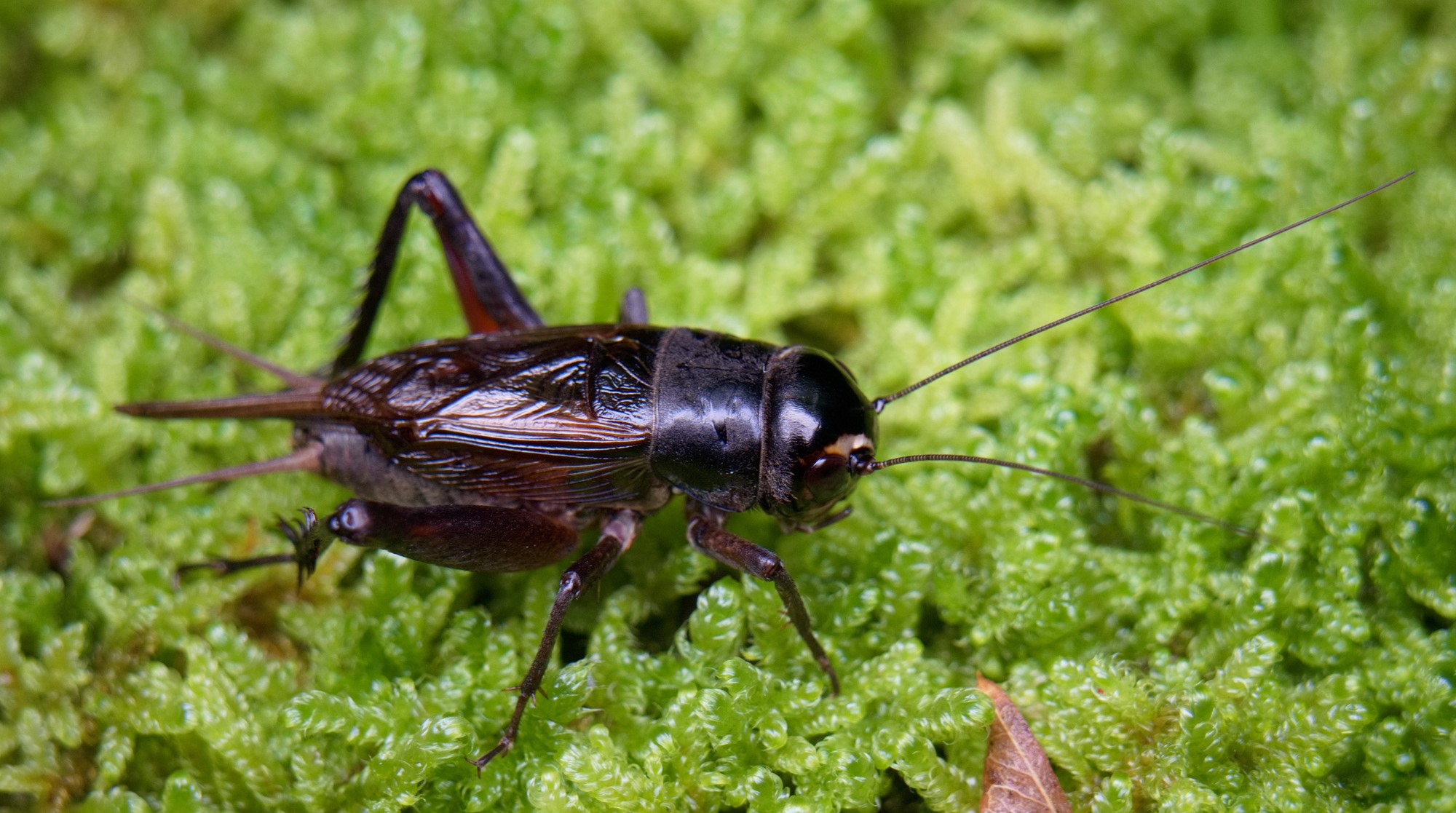

Sound
What Sound Do Crickets Make
Modified: February 24, 2024
Learn about the sound that crickets make and discover the fascinating melodies produced by these tiny creatures.
(Many of the links in this article redirect to a specific reviewed product. Your purchase of these products through affiliate links helps to generate commission for AudioLover.com, at no extra cost. Learn more)
Table of Contents
Introduction
Have you ever wondered about that familiar sound that seems to fill the air on warm summer nights? That rhythmic chorus of chirping and trilling that seems to come from all directions? Well, chances are, you’re hearing the sound of crickets.
Crickets are fascinating insects that have captured the curiosity of humans for centuries. They belong to the order Orthoptera and are closely related to grasshoppers and katydids. While crickets may be tiny in size, they are known for their ability to produce a surprisingly loud and melodious sound.
In this article, we will explore the intriguing world of cricket sounds, delving into the anatomy of crickets, how they produce these sounds, and the purpose they serve in their lives.
So, let’s embark on this sonic journey into the world of crickets and discover the symphony hidden beneath the grass and leaves.
Anatomy of Crickets
To understand how crickets produce their distinctive sounds, we must first take a closer look at their anatomy. Crickets have a unique physical structure that allows them to create these sounds with ease.
At the forefront of their sound-producing abilities are their wings. Crickets have two pairs of wings, with the front pair being thick and leathery, while the hind pair is thinner and more delicate. The front wings, known as tegmina, are specially adapted for sound production.
Located on the upper surface of the tegmina are rows of tiny, hardened structures called “stridulatory files.” These files are rough and comb-like in texture. When the wings are rubbed together, the rough edges of the file rub against each other, producing sound. It’s similar to running a fingernail along the teeth of a comb.
The sound produced by crickets is amplified by a large cavity known as the “sound box” or “resonating chamber.” This cavity is present in the abdomen of the cricket. When the wings vibrate and produce sound, the sound waves travel through the spiracles (tiny openings on the sides of the abdomen) and into the resonating chamber. The resonating chamber acts as an amplifier, making the sound much louder and more audible.
In addition to the wings and resonating chamber, crickets have specialized structures known as “tympana.” Tympana are located on either side of the first segment of their abdomen, just below the base of the wings. These thin membranes are similar to eardrums and are extremely sensitive to vibrations. They allow crickets to perceive sound and recognize the calls of other crickets.
Now that we have a basic understanding of the anatomy of crickets, let’s explore the process through which they produce their melodious sounds.
How Do Crickets Produce Sound?
The process through which crickets produce sound is known as stridulation. It involves the rapid rubbing of body parts together to create the familiar chirping sound that we associate with these insects.
Male crickets are the primary sound producers. They use their wings, specifically the protruding ridges on their front wings, to generate sound. By moving their wings in a back-and-forth motion, they create friction between the stridulatory files, resulting in sound production.
The speed and force of wing motion play a crucial role in determining the pitch and volume of the sound emitted. Different species of crickets produce distinct chirping patterns, with variations in timing, duration, and frequency of their wing movements.
Interestingly, the production of sound is not limited to male crickets only. Female crickets can also generate sound, although they lack the specialized structures found in males for efficient sound production. Female crickets produce sound by rubbing their hind legs against their body, creating a soft, rhythmic ticking sound.
It’s important to note that not all crickets produce sound. Mute crickets, also known as “silent crickets,” have underdeveloped or absent stridulatory structures, rendering them unable to produce sound.
Now that we understand how crickets produce sound, let’s delve into the purpose behind these melodious serenades.
The Purpose of Cricket Sounds
The melodious songs of crickets serve multiple purposes in their lives. Understanding the reasons behind these sounds can provide valuable insights into the behavior and ecology of these fascinating insects.
One of the primary purposes of cricket sounds is communication. Male crickets use their chirping songs to attract females for mating. Each species has a unique mating call that helps potential mates identify and locate each other. The combination of chirping pattern, frequency, and duration serves as a specific “reproductive code” that allows crickets to find suitable partners in their environment.
Furthermore, cricket sounds also play a role in establishing territorial boundaries. Male crickets defend their territories against rival males by producing aggressive “challenge” calls. These calls not only ward off competition but also signal their dominance and readiness to defend their area.
Additionally, cricket sounds can act as a form of communication between males. In some species, males may engage in duets or alternating calls to establish social hierarchies or indicate their presence without resorting to physical confrontation.
Cricket sounds can also serve as a warning signal. Some species have specific alarm calls that alert nearby crickets to potential threats, such as predators or disturbances in their environment. These alarm calls help crickets to coordinate and take evasive actions to ensure their survival.
Furthermore, cricket sounds can provide valuable information about their environment. Scientists can use the presence and abundance of certain cricket species and their specific songs as indicators of habitat health and biodiversity. Changes in the composition and intensity of cricket sounds can indicate shifts in ecological conditions, making them important bioacoustic indicators.
Overall, the purpose of cricket sounds extends beyond simply creating a melodious chorus on warm summer nights. These sounds are essential for communication, mate attraction, territorial defense, social hierarchies, and as warning signals in the cricket’s complex and intriguing world.
Variation in Cricket Sounds
While crickets are known for their distinct chirping sounds, it’s important to note that there is significant variation in the sounds produced by different species and individuals within a species. These variations can be observed in several aspects of cricket sounds.
One significant variation is in the timing and pattern of chirping. Different species of crickets have distinct chirping patterns, with variations in the intervals between chirps, the duration of chirps, and the rhythmic pattern of chirping. Some crickets may chirp continuously, while others have intermittent or sporadic chirping patterns.
Another aspect of variation is the frequency or pitch of the sound. The frequency of cricket sounds is measured in hertz (Hz). The pitch of the sound is determined by the rapidity of wing movements. Generally, larger crickets with longer wings produce lower-pitched sounds, while smaller crickets with shorter wings produce higher-pitched sounds. This variation in pitch helps crickets of the same species recognize and differentiate each other’s calls.
The volume or loudness of cricket sounds can also vary. Depending on the species and specific circumstances, some crickets produce softer, more subtle chirps, while others emit loud, piercing calls. The volume of sound production can be influenced by factors such as body size, wing size, and environmental conditions.
In addition to these variations, some crickets produce complex and intricate mating songs. These songs may consist of different sequences or patterns of chirps, with specific combinations of frequencies and durations. Male crickets use these elaborate songs to attract and court females, showcasing their fitness and genetic quality.
It’s worth noting that variations in cricket sounds can also occur within a single species. Factors such as geographic location, temperature, humidity, and individual differences can influence the characteristics of the chirping songs produced by crickets in a particular area.
Studying and understanding the variations in cricket sounds can provide valuable insights into species identification, behavior, and ecological interactions. It adds depth and complexity to our appreciation of these remarkable insects and their acoustic repertoire.
Factors Affecting Cricket Sounds
Several factors can influence the characteristics of cricket sounds, creating variations in their chirping patterns, frequencies, volumes, and overall acoustic profiles. These factors can be either external or internal, and they contribute to the diverse soundscape of the cricket world.
One of the key external factors that affect cricket sounds is temperature. In general, crickets tend to chirp more frequently and produce higher-pitched sounds in warmer temperatures. This is because the rate of their metabolic processes increases with higher temperatures, including the rate at which their wings move and produce sound. As the temperature drops, crickets may chirp less frequently, or even become temporarily silent.
The time of day also plays a role in cricket sound production. Most species of crickets are nocturnal, meaning they are most active and vocal during the evening and nighttime hours. Their chirping songs become more prominent as the sun sets and continue throughout the night. As dawn approaches, the chirping gradually diminishes as the crickets become less active.
Humidity levels can also impact cricket sounds. Moisture in the air can influence the transmission of sound waves, affecting the loudness and clarity of the chirping sounds. High humidity may dampen the sounds, making them less audible, while low humidity can enhance the transmission of sound, making the chirping more distinct.
Another factor that influences cricket sounds is the environment in which the crickets reside. Different habitats can have distinct acoustic properties that affect sound transmission and resonance. For example, crickets living in open fields may produce louder, carrying calls, whereas those living in dense vegetation may produce softer, more localized sounds.
Internal factors, such as age and mating status, can also affect cricket sounds. Younger crickets may produce sounds of different frequencies or shorter durations compared to older individuals. Additionally, males that have successfully mated may reduce their chirping activity as they focus on other behaviors, such as defending their territory.
Furthermore, the physical condition of an individual cricket can impact its ability to produce sound. Body size, wing condition, and overall health can all influence the volume and quality of the chirping songs.
Understanding the factors that influence cricket sounds provides valuable insights into their behavior, ecology, and adaptations to their environment. It highlights the intricate relationship between these remarkable insects and the world of sound in which they communicate and thrive.
Communication and Mating Calls
Communication through sound is vital for crickets, especially when it comes to attracting mates and ensuring successful reproduction. Male crickets produce elaborate and species-specific mating calls to entice females and establish their presence within the environment.
The primary purpose of male cricket calls is to attract females for mating. Each species of cricket has a distinct chirping pattern that acts as a calling card. Male crickets produce species-specific calls by rubbing their wings together or using other specialized structures. These calls serve as a form of acoustic advertisement, allowing females to identify and locate potential mates.
The complexity and structure of mating calls vary across different cricket species. Some species produce simple rhythmic chirps, while others have more elaborate songs with intricate patterns and sequences. The calls may consist of repeated chirps, trills, or buzzes, depending on the species.
Interestingly, female crickets have the ability to perceive, evaluate, and respond to male mating calls. They can recognize the species-specific characteristics of the calls and use them as a cue to choose potential mates. Female crickets may be attracted to males with strong, clear calls, indicating their fitness and genetic quality.
In addition to attracting mates, male cricket calls also serve as a mechanism for mate competition. When multiple males are present, they may engage in duets or alternate their calls to establish dominance or hierarchy. These vocal interactions can help males communicate their fitness and evaluate the competitive abilities of their rivals.
It’s important to note that while male crickets primarily produce mating calls, female crickets can also produce sounds. Female chirping may serve as a response to the male’s call or as a signal to indicate receptivity or rejection. Female chirping can vary in frequency and intensity, and it plays a crucial role in the courtship and mating behaviors of certain cricket species.
The communication and mating calls of crickets are not only fascinating but also provide an essential mechanism for species recognition, mate attraction, and mate selection. They showcase the intricate interplay between sound production, perception, and behavior in the world of crickets.
Cricket Sound in Different Species
Cricket sounds exhibit a remarkable diversity across different species. Each species has its own unique repertoire of calls, allowing for species recognition and communication within their respective communities. Let’s explore some notable examples of cricket sound in different species:
- House Cricket (Acheta domesticus): The house cricket produces a distinctive series of chirps in a rhythmic pattern. These chirping songs are produced by rubbing their tegmina together. Male house crickets chirp to attract females, and their calls are characterized by a series of continuous, high-pitched chirps.
- Field Cricket (Gryllus spp.): Field crickets are known for their loud and robust chirping sounds. The calling song of male field crickets consists of a repetitive series of chirps that increase in tempo and intensity. The calls are produced by rubbing the wings together, and the frequency of the calls can indicate the quality and fitness of the male.
- Katydid (Tettigoniidae family): Although not crickets, katydids are closely related and produce unique sounds. They create a buzzing or rattling sound by stridulating their wings. Each species of katydid has its own distinct calling song, ranging from high-pitched buzzing to slow, rhythmic chirping. Their calls often mimic the sounds of leaves rustling, blending seamlessly with their natural habitat.
- Tree Cricket (Oecanthinae subfamily): Tree crickets produce high-pitched and melodious calls that resemble the sound of tinkling or tiny bells. The males produce calls by rubbing their wings together, creating a musical chorus throughout the night. Tree cricket calls are often associated with serene summer evenings spent outdoors.
- Mole Cricket (Gryllotalpidae family): Mole crickets have a unique adaptation for creating sound. They possess ridges on their wings that act as specialized “fiddlesticks.” By sliding one wing over the other in a scraping motion, they produce a distinctive trilling or buzzing sound. Mole cricket chirping is typically low-pitched and resonant and is often heard in underground burrows.
These are just a few examples of the diverse range of cricket sounds in different species. Each species has its own unique acoustic signature, allowing for species recognition and effective communication within their habitats.
By studying the variations in cricket sounds across species, researchers can gain insights into the evolution, behavior, and ecological interactions of these fascinating insects. The symphony of cricket sounds adds a captivating layer to the natural world and reminds us of the beauty and intricacy of nature’s acoustic orchestra.
Conclusion
The world of cricket sounds is a fascinating and intricate one, filled with melodies, rhythms, and variations. These tiny insects have evolved unique mechanisms to produce and perceive sound, allowing them to communicate, mate, and establish their presence within their environment.
From the chirping calls of house crickets to the buzzing melodies of tree crickets, each species has its own unique repertoire of sounds. The timing, frequency, duration, and volume of their calls can vary, influenced by factors such as temperature, humidity, and individual characteristics.
The primary purpose of cricket sounds is communication. Male crickets produce distinct mating calls to attract females, establish territory, and compete with other males. These calls serve as a means of species recognition, ensuring successful reproduction within their communities.
Crickets are not only skilled sound producers but also attentive listeners. Female crickets can perceive and evaluate the quality of male calls, using them as a cue for mate selection. The interplay of calls between males can indicate dominance, competition, and social hierarchies.
Understanding the intricacies of cricket sounds provides valuable insights into their behavior, ecology, and adaptations to their environment. It opens up a whole new world of acoustic communication and showcases the remarkable abilities of these small but fascinating insects.
So, the next time you find yourself surrounded by the rhythmic serenade of crickets on a warm summer night, take a moment to appreciate the symphony they create. It’s a reminder of the wonders of the natural world and the incredible diversity of life that surrounds us.

